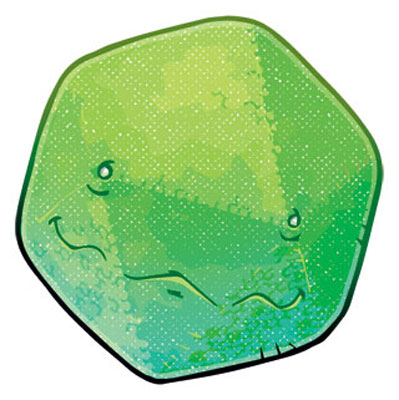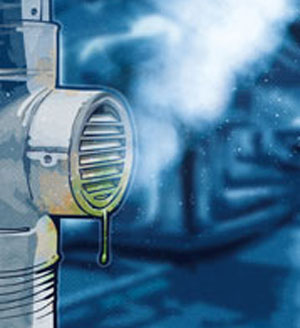By continuing your visit to this site, you accept the use of cookies.
Learn + I agreeLausannevirus

A giant!
Lausannevirus is a giant virus discovered by researchers at the Microbiology institute of the University of Lausanne in a water sample from the river « Seine » in Paris in 2011.
Usually, viruses are about 1000 times smaller than bacteria. However, giant viruses, which were all discovered in the last 15 years, can be as big, if not even bigger than bacteria.
Lausannevirus can quickly multiply in amoebas1 found in the water. In less than 24 hours it can destroy the amoebas and produce thousands of new viruses.
For now, no disease detected
Today, we do not know whether or not this virus can cause diseases in humans. Even if some people who have been in contact with the virus have developed antibodies2 against the microbe, there has been no cases of disease caused by the giant virus.


Research on these new microbes can be tedious and it is only several years after the discovery of a new species of virus or bacteria that we can manage to figure out its role in any given disease.
It is possible that the Lausannevirus is only an environmental microbe and that it’s harmless for humans.
Amoeba1 = Small living single cell organism, which is capable of moving. It is naturally found in our environment, especially in water and humid zones. Some bacteria and viruses can multiply in amoebas, making them reservoirs for these microbes.
Antibodies2 = Molecules produced by specific immune cells following an infection or a vaccination. They recognize foreign organism and provide protection against them.
